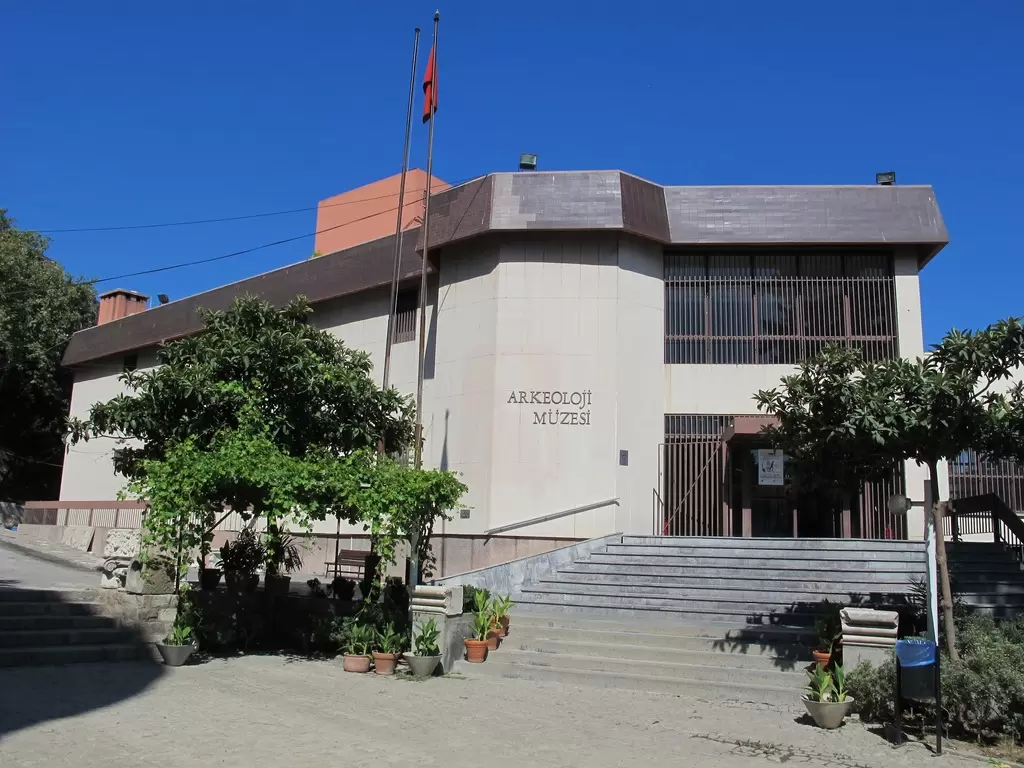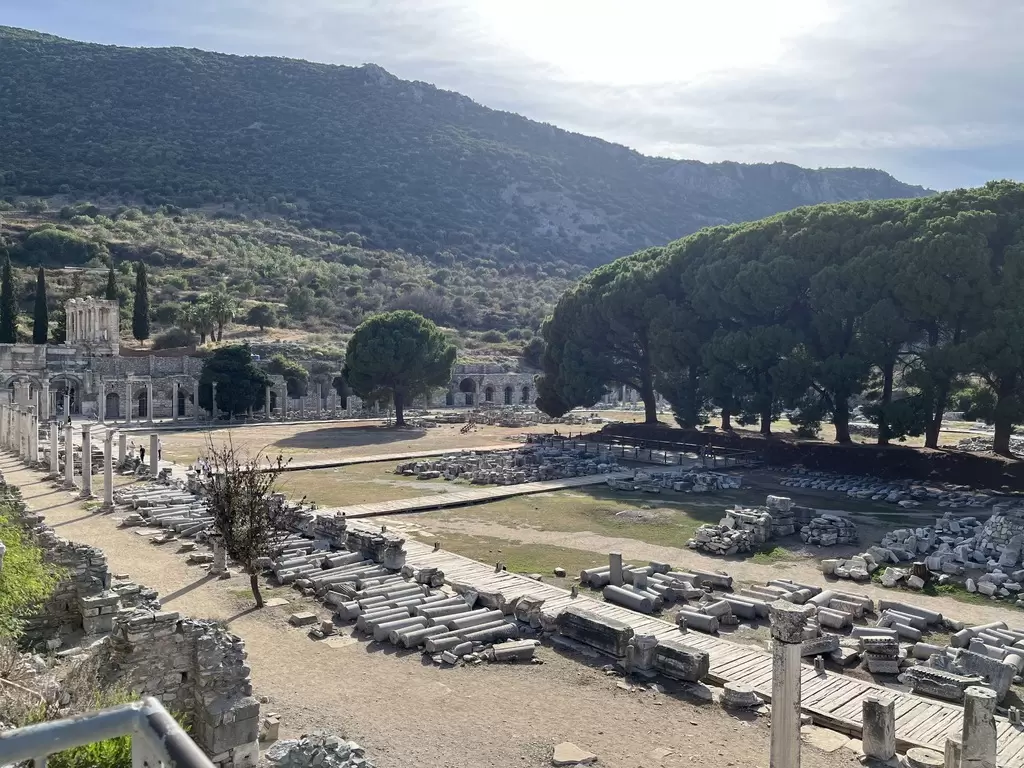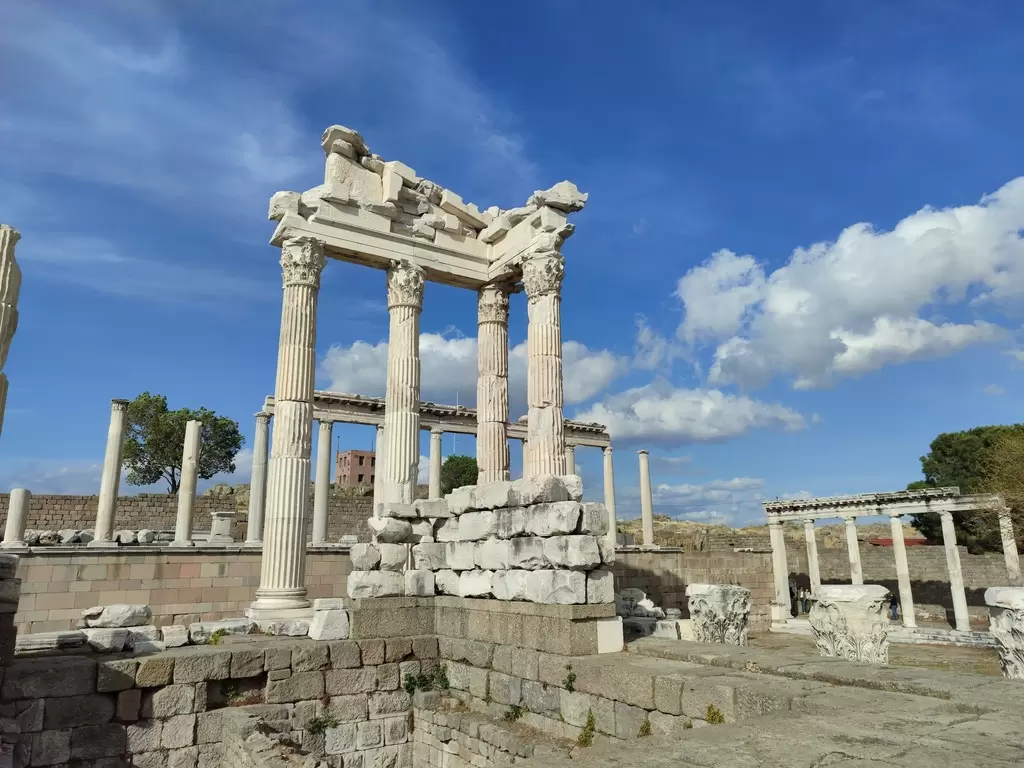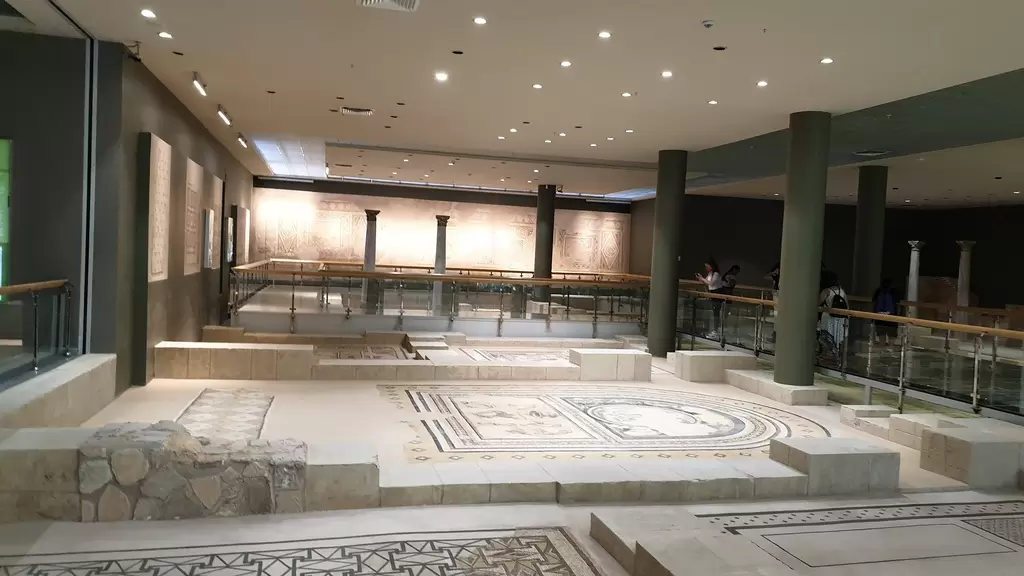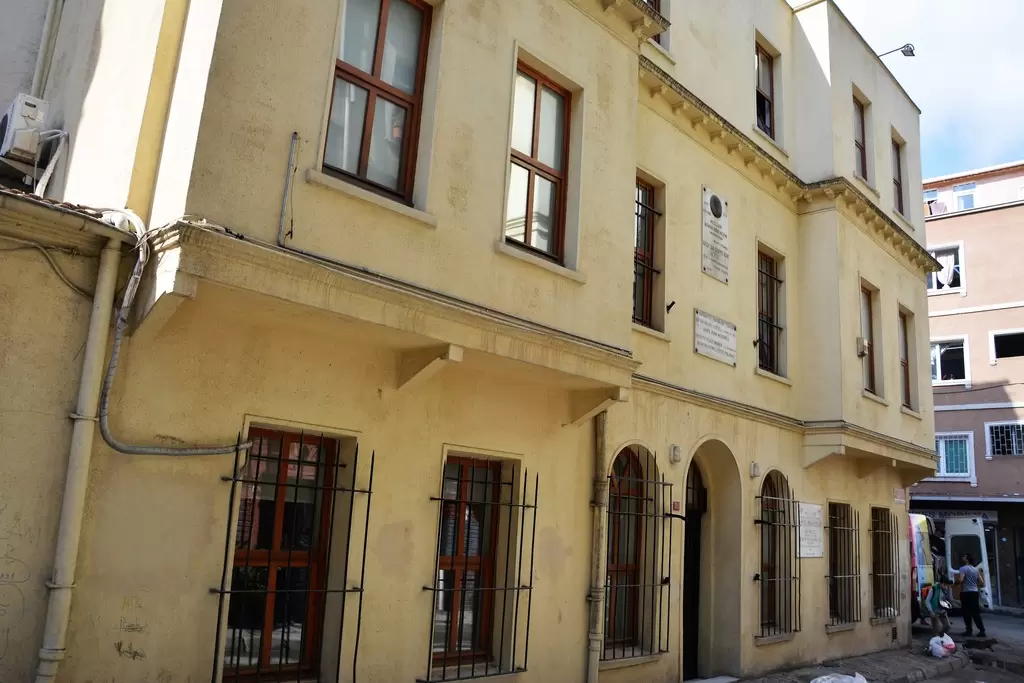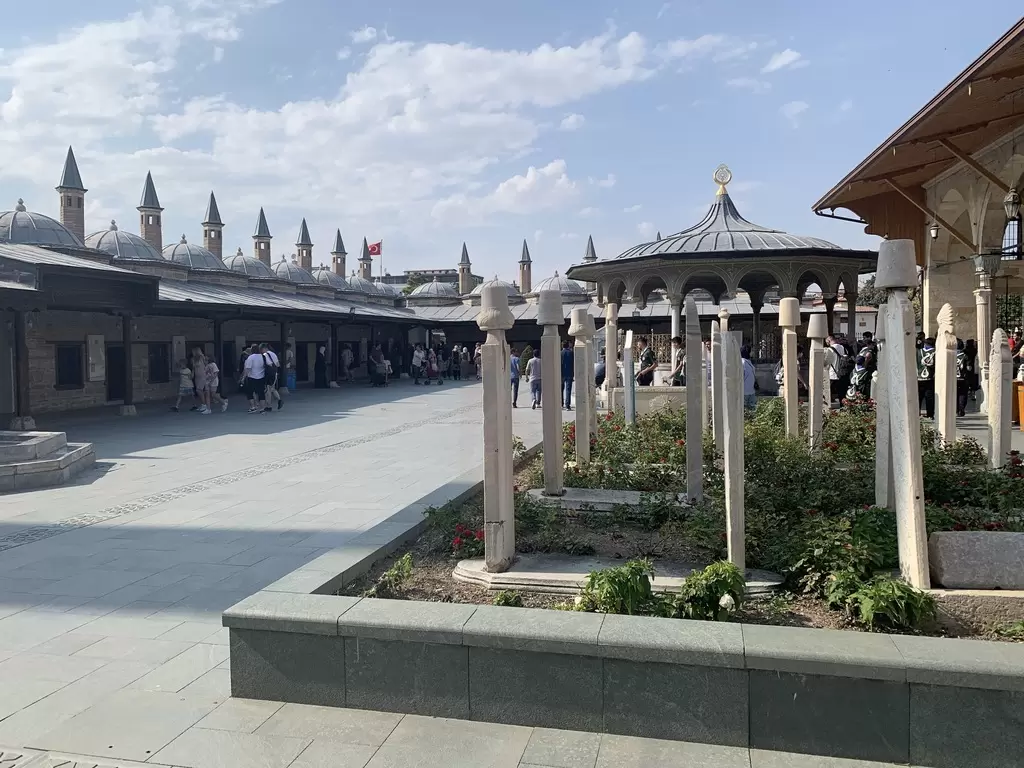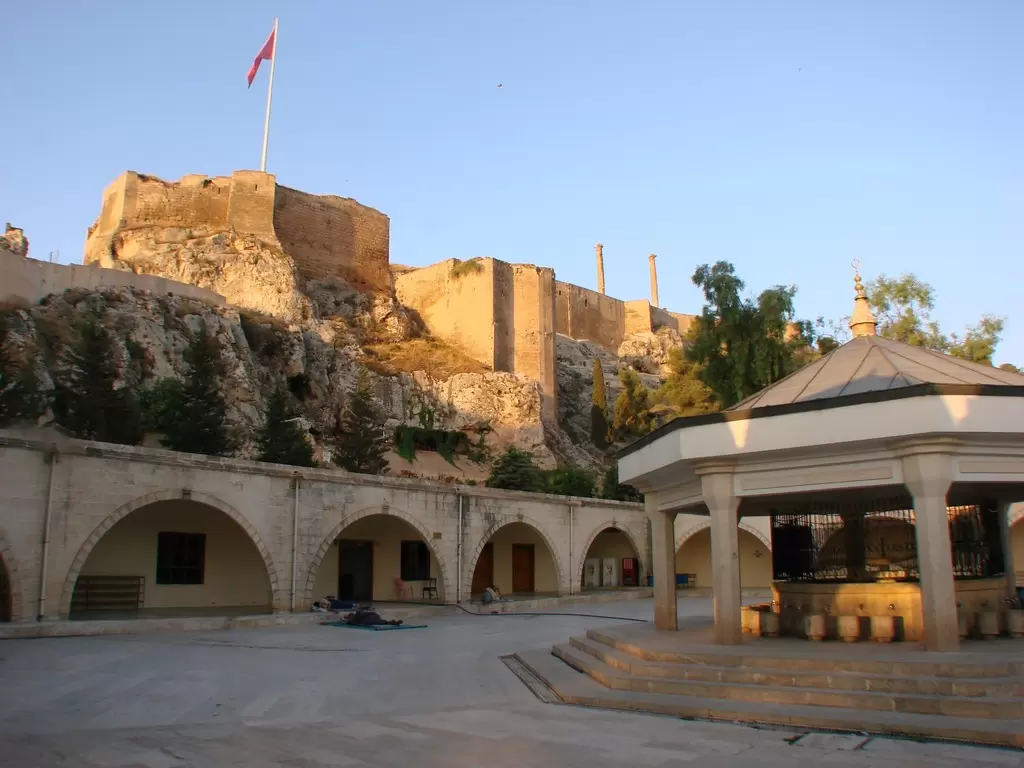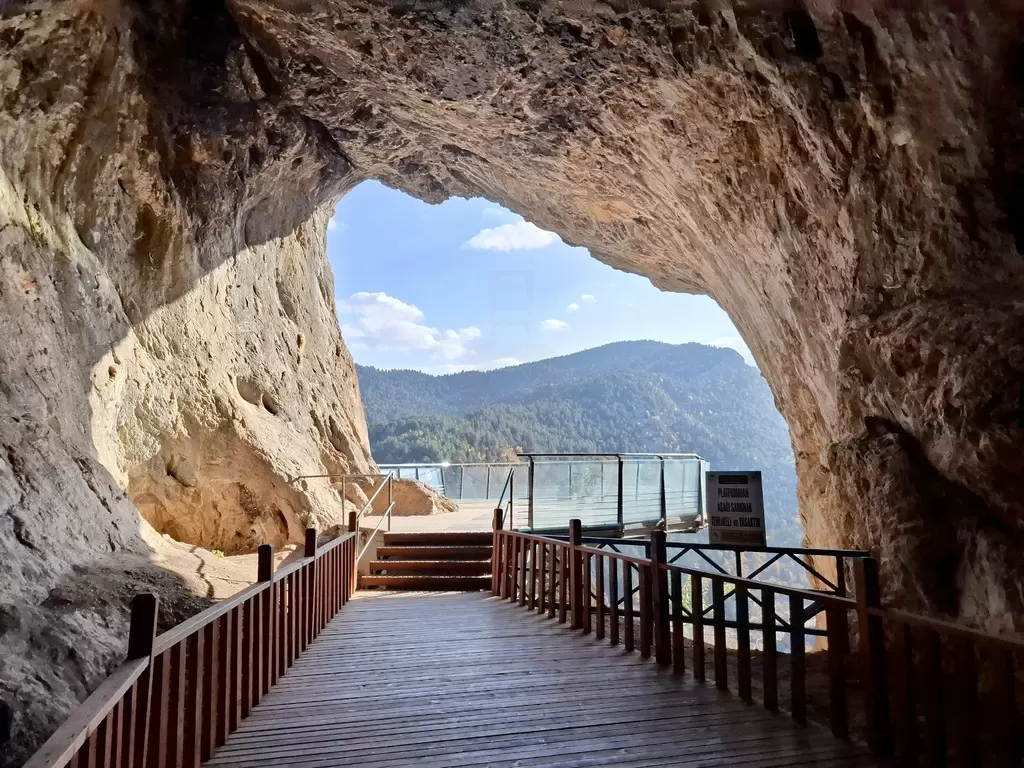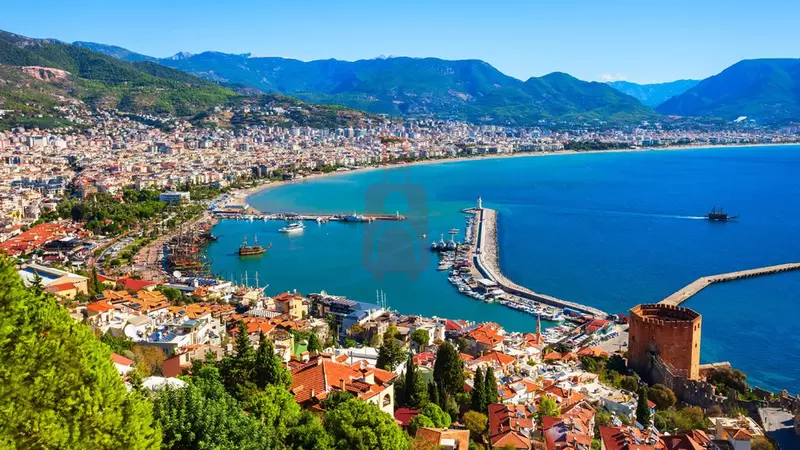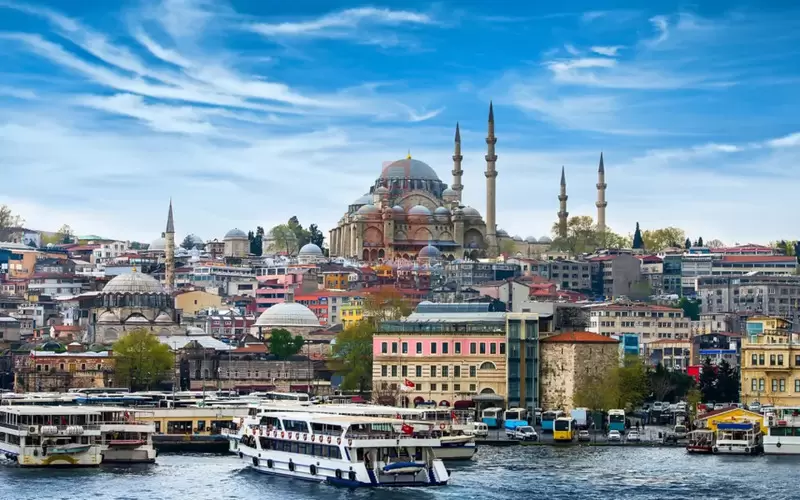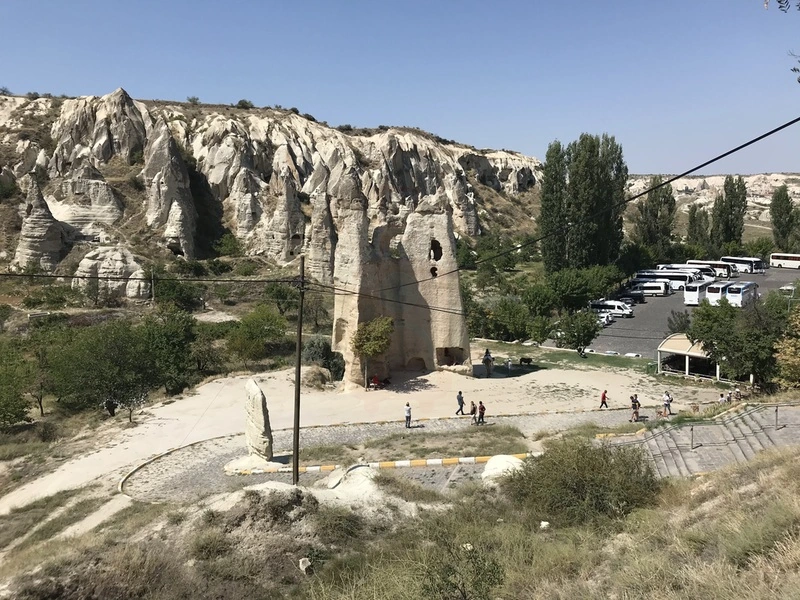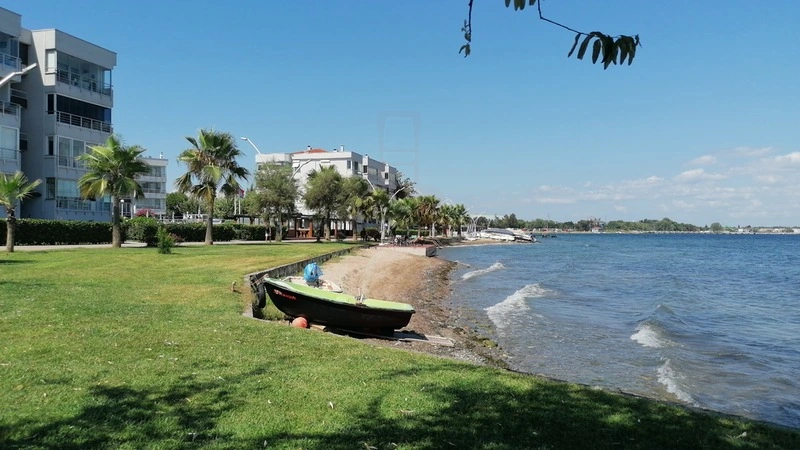Religious Tours in Türkiye: Following the Sacred Paths of Three Great Faiths
Türkiye is an indispensable destination for [Religious Tours] and pilgrimages, serving as the historical intersection of Judaism, Christianity, and Islam. This land—ancient Anatolia—has been a foundational setting for global faiths: it hosted the earliest Christian communities, was the heart of the Byzantine Orthodox world, served as the seat of the Islamic Caliphate, and provided sanctuary for Jewish exiles. A religious tour here offers a moving, tangible connection to millennia of shared and distinct spiritual history.
As your professional guide, I confirm that a [Pilgrimage] through Türkiye is meticulously structured to provide deep spiritual and historical context, often allowing travelers to attend services in ancient sites that remain active centers of worship today. This detailed guide explores the key circuits and monumental sites for each major faith, highlighting the profound spiritual journeys available across the nation.
I. Christian Pilgrimage: The Apostolic Foundations
Türkiye (Asia Minor) holds primary significance for Christianity, hosting the sites of the Seven Churches of Revelation and locations tied directly to the Virgin Mary and the Apostles.
The Aegean and Mediterranean Apostolic Route
The Aegean coast is the most vital region for tracing the early spread of Christianity:
- Ephesus and the Virgin Mary: Near [İzmir], the [Ancient City of Ephesus] is a central pilgrimage site. It is believed that [St. John the Apostle] brought the [Virgin Mary] to live on [Bülbül Mountain] (Mount Koress) after the crucifixion. The **[Meryem Ana Evi] (House of the Virgin Mary) is a revered spot where the Virgin Mary is believed to have spent her final years. The [Basilica of St. John] stands nearby, marking his reputed burial site.
- The Seven Churches: A dedicated tour follows the route mentioned in the Book of Revelation, including [Ephesus], [Smyrna] (İzmir), [Pergamon], [Thyatira] (Akhisar), [Sardes], [Philadelphia] (Alaşehir), and [Laodicea] (near Denizli). These visits are essential for Biblical scholars and spiritual travelers tracing the faith's earliest communities.
- St. Nicholas (Santa Claus): The coastal town of [Demre] (ancient Myra, Antalya) is the location of the [St. Nicholas Church], where the historical figure of St. Nicholas (the Bishop of Myra) served. The church is a major pilgrimage site, particularly for Orthodox Christians.
Monastic and Historical Sites
Beyond the coastal cities, other sites showcase the enduring monastic tradition:
- Sümela Monastery (Trabzon): This astonishing Greek Orthodox monastery, dedicated to the Virgin Mary, is carved directly into a sheer cliff face of the [Pontic Mountains]. Its dramatic setting and richly painted frescoes offer a powerful vision of isolation and devotion.
- St. Peter (Antakya): [Hatay] (Antakya) is home to the [St. Pierre Anıt Müzesi] (St. Peter's Church), a small cave historically considered one of the earliest Christian places of worship in the world.
- Syriac Heritage: The [Tur Abdin] plateau near [Mardin] is home to the ancient [Süryani] (Syriac Orthodox) community. [Deyrulzafaran Monastery] and [Mor Gabriel Monastery] (near [Midyat]), both over 1500 years old, remain active spiritual centers, preserving the Aramaic language and ancient rituals.
II. Islamic and Sufi Pilgrimage: The Ottoman and Seljuk Legacy
Türkiye, as the seat of the Ottoman Caliphate and the center of the Seljuk Sultanate, offers crucial sites for Islamic history, architecture, and mystical devotion.
Istanbul and the Caliphate
[Istanbul] is the focal point for Islamic architecture and political history:
- Eyüp Sultan: The [Eyüp Sultan Mosque] and Tomb are considered one of the holiest sites in Türkiye, believed to be the resting place of [Abu Ayyub al-Ansari], a companion of the Prophet Muhammad. It is a primary pilgrimage site for Muslims visiting the city.
- Architectural Giants: The [Sultanahmet Camii] (Blue Mosque), the [Süleymaniye Mosque] (a Mimar Sinan masterpiece), and [Hagia Sophia] (a monument of multi-faith history) are essential stops for studying the religious and imperial history of the Islamic world.
Konya: The Heart of Sufism
[Konya] is the core of the Sufi pilgrimage route, dedicated to the great poet and mystic [Mevlana Celaleddin Rumi].
- The Mevlana Museum: Pilgrims visit the [Mevlana Museum] (Mevlana Türbesi), where Rumi is buried. The primary goal is to study the tenets of the Mevlevi Order and contemplate Rumi's philosophy of universal love.
- The Semâ Ceremony: The most important spiritual event is the [Semâ] (Whirling Dervishes) ceremony, particularly during the [Seb-i Arus] festival in [December], symbolizing the soul's journey toward unity with the divine.
Prophetic Heritage in the Southeast
The city of [Şanlıurfa] is revered as the "City of Prophets," attracting Muslims to sites associated with [Prophet Abraham] (Balıklıgöl) and the ancient city of [Harran].
III. Jewish Heritage and Shared Sacred Spaces
Türkiye was a historical haven for Jewish communities, preserving significant synagogues and cultural sites, particularly for the Sephardic diaspora.
- Edirne and Istanbul: The [Great Synagogue of Edirne] is a restored monument to the city's once-thriving Jewish community. In [Istanbul], the [Neve Shalom Synagogue] and [Ahrida Synagogue] (in the historical [Balat] district) are central to the history of the [Sephardic Jews].
- The Nine Synagogues of İzmir: [İzmir] (Smyrna) maintains a cluster of historical synagogues in its [Kemeraltı Bazaar] area, reflecting the former density of the Jewish community there.
IV. Planning and Ethics for Pilgrimage Travel
A pilgrimage requires respect, knowledge, and careful planning to navigate sensitive cultural and religious environments.
- Expert Guidance: A [Specialized Licensed Guide] is essential for interpreting the complex history of interfaith sites and ensuring cultural protocol (e.g., proper decorum at the [Mevlana Museum] or [Sultanahmet Mosque]) is maintained.
- Modesty: Dress codes are non-negotiable at places of worship. Visitors must wear [modest clothing] (shoulders and knees covered) at mosques and monasteries. Women should carry a [scarf] to cover their heads upon entering mosques.
- Timing: Plan around major holidays and festivals. The best time for general pilgrimage travel is the [Spring or Autumn] to avoid the discomfort of summer heat at outdoor archaeological sites.
Türkiye’s sacred geography invites travelers to embark on a transformative journey, connecting them to the deepest spiritual narratives that have shaped the modern world.
